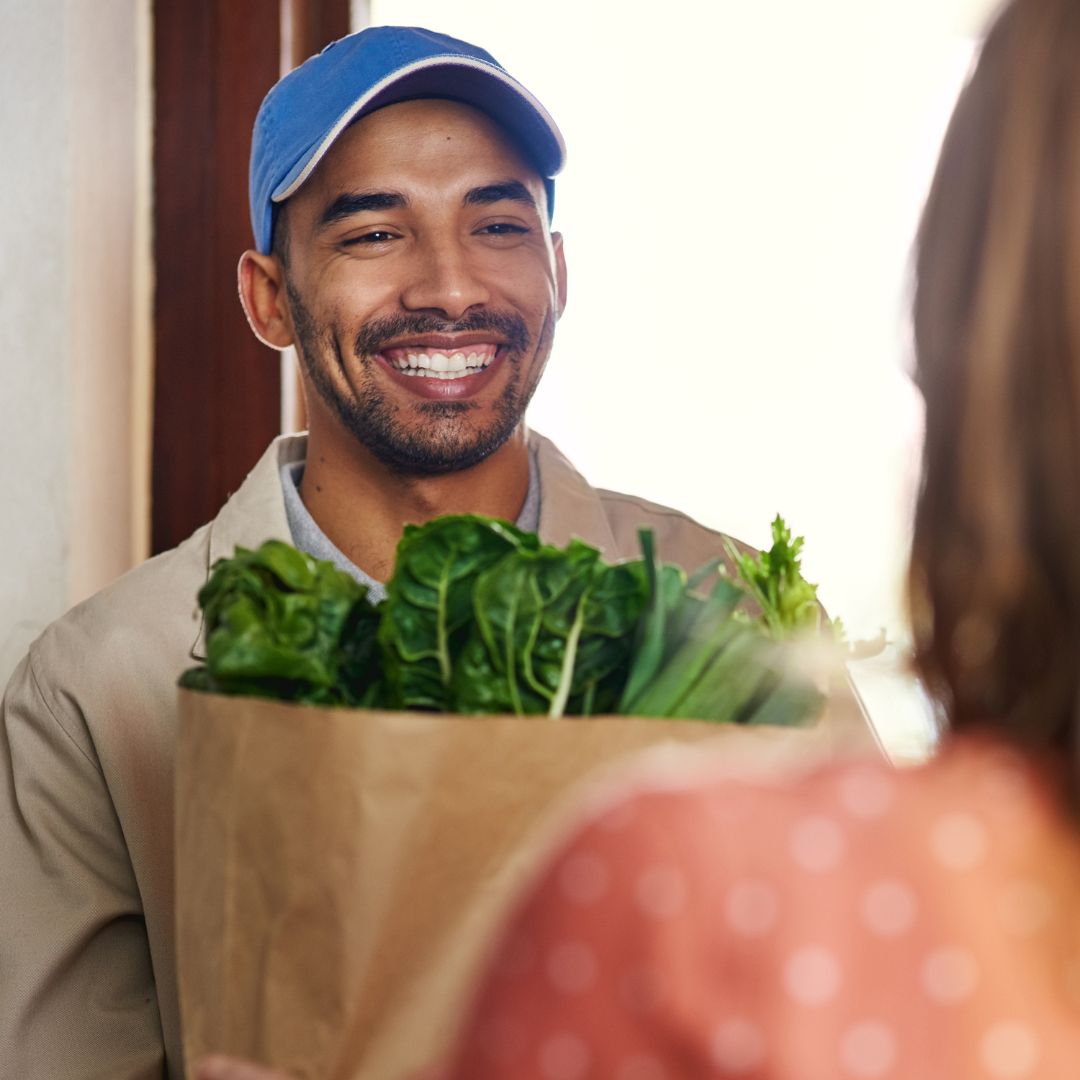Amazon has just announced a major expansion of its grocery delivery service, Amazon Fresh, to over 270 cities across India. This move marks one of the biggest pushes yet into India’s fast-growing online grocery market.
While the headlines focus on scale, the real story lies in what this means for India’s entrepreneurs, retailers, and supply chain startups.
Why This Matters
Online grocery is no longer a metro-only game. By extending into Tier 2 and Tier 3 cities, Amazon is signaling two things:
Consumer demand is shifting. More families outside metros are ready to shop groceries online, if delivery is fast and reliable.
Infrastructure is maturing. From warehouses to cold storage to last-mile logistics, India now has the backbone to support scale at this level.
The Strategic Play
For Amazon, Fresh isn’t just about groceries. It’s about owning the daily purchase cycle. If Amazon becomes the default app for milk, vegetables, and staples, customers are more likely to buy everything else there too.
This is a long-term loyalty game. And expanding to 270+ cities means Amazon wants to lock in consumers before local players do.
What This Means for Founders
- New Opportunities for Local Suppliers
Amazon needs massive volumes of fresh produce, packaged food, and household goods. Verified suppliers and small manufacturers can now find distribution at national scale if they meet quality and compliance standards. - Pressure on Local Kiranas & Startups
Local grocery stores and early-stage delivery startups will face tougher competition. But this also opens space for partnership models — many kiranas are already becoming micro-fulfillment hubs for e-commerce players. - Demand for Logistics Innovation
Last-mile delivery in smaller cities is harder. Startups working on EV fleets, route optimization, cold-chain logistics, and hyperlocal warehousing will find huge opportunities to plug into this ecosystem. - Shift in Consumer Behavior
For Tier 2/3 founders, the biggest signal is this: your customers are changing. If families in Bhopal, Vizag, or Indore are now comfortable ordering groceries online, they’re ready for other digital services too.
The Risks Ahead
- Price wars: As Amazon expands, expect deep discounts that squeeze margins for smaller players.
- Dependence risk: Suppliers relying only on Amazon could face tough terms. Diversification remains key.
- Execution complexity: Scaling fresh produce delivery across India’s diverse regions is a logistical nightmare. Even Amazon could stumble, leaving space for nimble competitors.
A Founder’s Playbook
So, how can Indian founders position themselves in this new landscape?
- If you’re in FMCG: Explore Amazon as a channel, but keep building direct-to-consumer (D2C) brand equity.
- If you’re in logistics: Focus on Tier 2/3 innovation. The biggest gaps will emerge outside metros.
- If you’re in retail-tech: Think partnerships, not battles. Enable kiranas and small retailers to ride the digital wave.
- If you’re a consumer founder: Watch closely. When groceries go online in smaller towns, the door opens for edtech, fintech, and healthcare adoption.
Final Thought
Amazon Fresh’s expansion to 270+ cities is more than just a logistics milestone. It’s a signal that India’s digital consumer story is entering its next chapter.
For founders, the question isn’t whether Amazon will win. The question is: how will you ride — or resist — the wave it creates?








